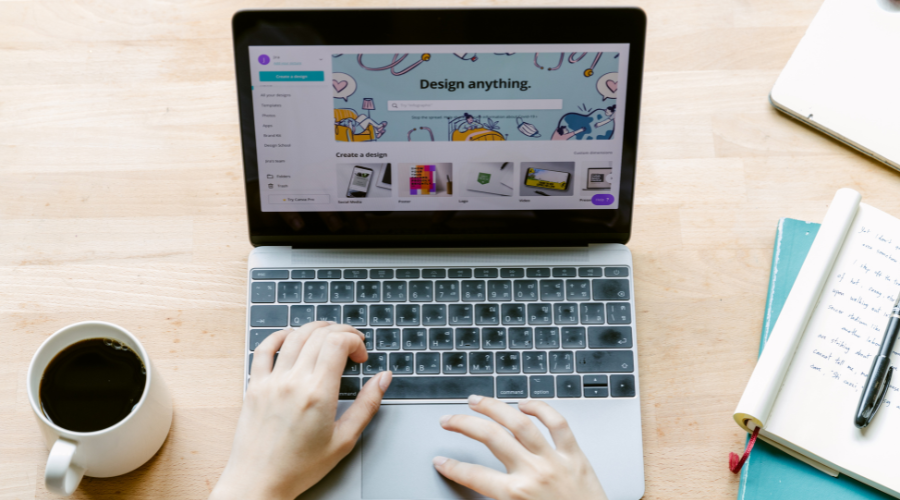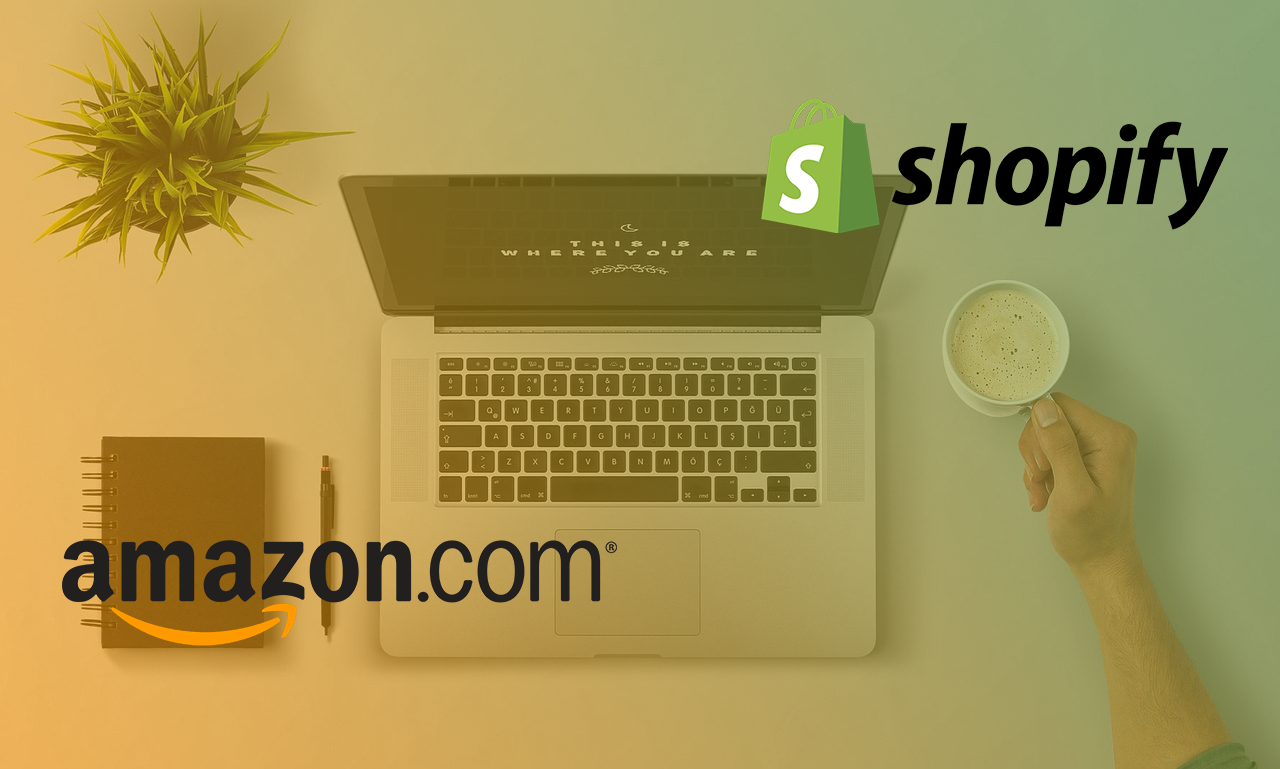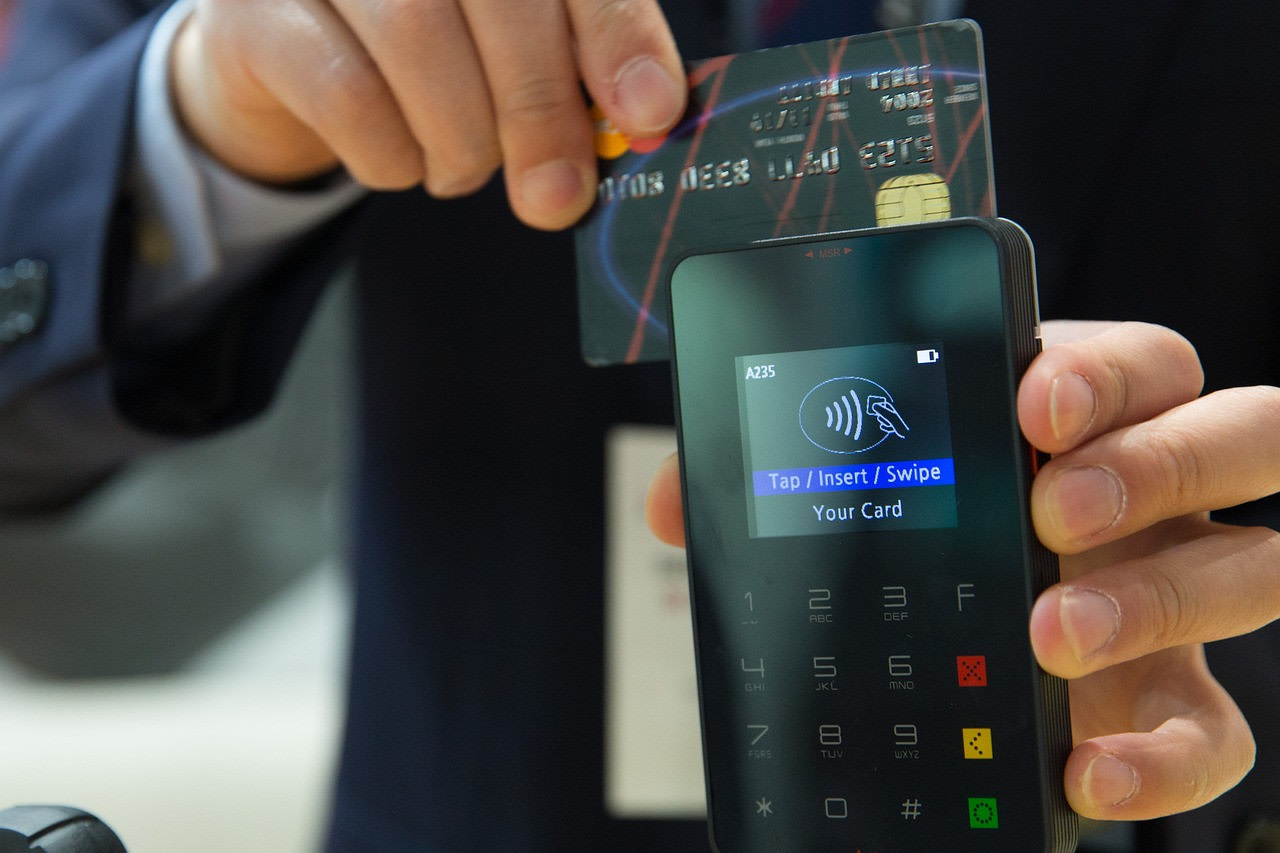How to Upsell Your Shopify Customers, Without a Sales Pitch
- E-Commerce
- Shopify
- 5 Mins

How to Upsell Your Customers, Without “Selling”
Every business has the goal of increasing their sales, and these marketing objectives often include hitting different products or product categories. One way to improve the span of products sold is by upselling. Upselling is the process by which sellers suggest upgrades to a purchase, whether that be accompanying items or adding features to a good or service. It promotes a customer making a higher-cost purchase than they originally intended, and ideally benefits both parties.
Some view upselling as a very “salesy” tactic, and for good reason. Upselling, when done incorrectly, can come across as gimmicky and even scammy — both things you want to avoid. However, upselling can be done without giving an elevator pitch for an unrelated product! Let’s take a look at the importance of upselling, and how you can do it without pushing customers away.
The Importance of Upselling
We’ve said it before, and we’ll say it again: it’s far easier to encourage already-interested customers to buy more than it is to capture new customers! Upselling can be extremely beneficial to a business, often selling more expensive items and allowing for increased average order values (AOVs). Grabbing the attention (and follow through) of new customers is extremely difficult, to the point where buyers are only 54% likely to return to your store after two or three purchases. That means the customers you already have are your best bet for increasing sales. Additionally, it’s been found that upselling current customers is 5–10 times cheaper than using marketing tactics to sell to new ones.
How to Upsell
Upselling is best done in person; it’s why you find yourself so persuaded by car salesmen or employees at kiosks in department stores. Proper upselling uses the momentum of a sales interaction to propel that sale forward. However, upselling in person right now can be a little difficult. For one, COVID-19 has made in-store interactions virtually obsolete. Moreover, e-commerce through online shopping platforms like Shopify doesn’t allow for in-person upselling in the first place! Read on to see some of our tips for upselling that work both in-store and online.
Discount Upsells
One way to upsell is by discounting the products you are trying to push. Some businesses are willing to sell certain products at a discount in order to make a net profit. Offering discounts on low-cost products to encourage the purchase of high-cost ones is a great tactic for increasing overall revenue.
To customers, these are especially great deals. There’s even a fair chance they intended on buying both products to begin with, and now they’ve gotten an item cheaper than expected. It’s an easy way to build loyalty and make a consumer feel like they’re “in” on something while still turning a higher profit.
Another method of doing this is by offering payment plans, especially for upsold products that are more expensive than the original. Seeing an interest-free monthly rate will give the appearance of a lower price, though that may not be the case.
Upsell Cheaper Products
Similar to discounted upsells, you can upsell by offering add-ons that are significantly lower in price than the customer’s original purchase. It’s much easier to promote a cheaper product than it is an expensive one, with respect to the purchase price of the current sale. In situations like these, buyers are likely to think, “I’ve already spent £50; what’s another £5?”
A great example would be upselling a pair or pack of socks to someone purchasing a pair of shoes. The socks aren’t necessary, but they would pair awfully well with those boots — and now that purchase is just a tad bit higher to the benefit of both parties.
Keep It Relevant
Keeping the socks and shoes example rolling, try to upsell only products that make sense to your customer’s purchase. When customers can envision themselves using the products side by side, the upsold item feels less like an option and more like a must. By offering relevant store items, the upselling also seems less “salesy” — it comes off as more of a professional opinion on something you might need alongside the new product.
This can be accomplished by offering products that solve a problem. For instance, a pair of new glasses may be upsold with glasses cleaner and a cleaning cloth. A pair of shoes may be upsold with comfortable shoe inserts. A makeup foundation could be upsold with concealer, or a finishing spray. Even protection plans for electronics and appliances are in themselves a form of upselling; they just solve a greater problem than, say, the glasses cleaner.
Let Customers Upsell Themselves
Certain stores may find that their business models allow for customers to upsell themselves. For instance, cell phone and data service providers will often list out a few plans side-by-side. By highlighting that the most expensive plan comes with faster speeds or unlimited data, customers are likely to choose that one, thereby upselling themselves from the more minimal plan.
An even better (and subtler!) example of this is coffee cup prices by size. You’ll often notice that the price doesn’t increase proportionally with drink size, with drinks twice as big are not twice the price. It encourages buyers to say, “Oh, it’s only a few more pence for a larger size...I might as well.” Ultimately, the coffee shop isn’t losing any money; the coffee is inexpensive and a high-profit item. In fact, they’ve likely made a few extra dollars or pounds without doing a thing, as a larger coffee hardly costs them a few cents or pence more.
Radiant
The art of upselling is one that takes a lot of time to master, and adding upselling to your business’ performance goals is a smart way to up the sales without upping your customers. While originally an in-person tactic, upselling on your Shopify website doesn’t need to be difficult! You’ve probably seen plug-ins on many of your favorite online e-commerce platforms showing you what other customers have purchased alongside a product, or suggesting recommendations. These store features, among other marketing tactics, can be implemented by Radiant’s team of Shopify experts for an enhanced buying experience that benefits both you and your customers. Get in touch today to see how our marketing specialists can improve your site!
Further Reading




















